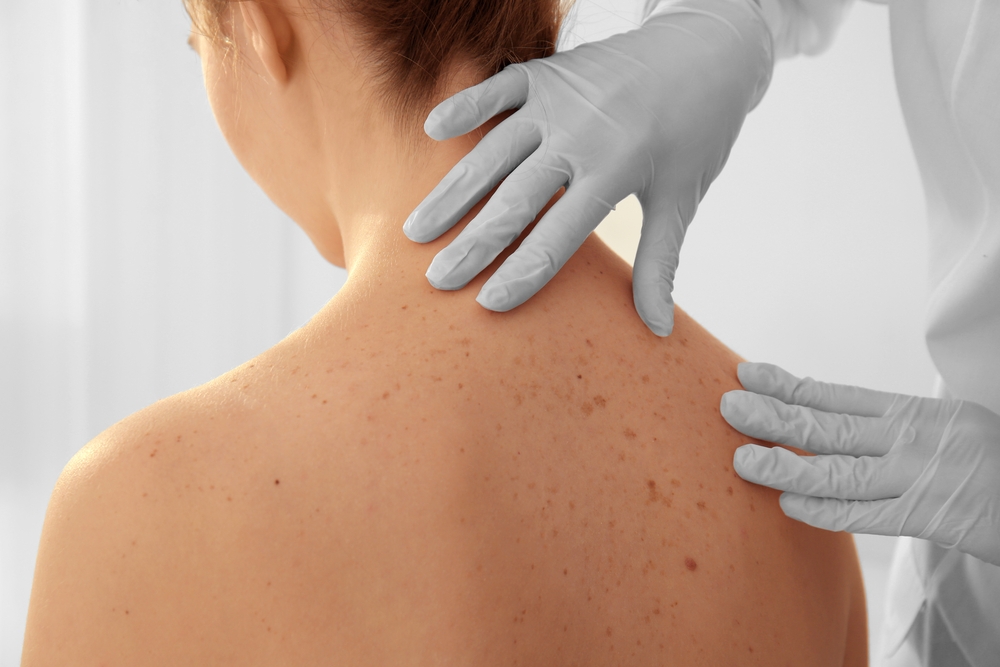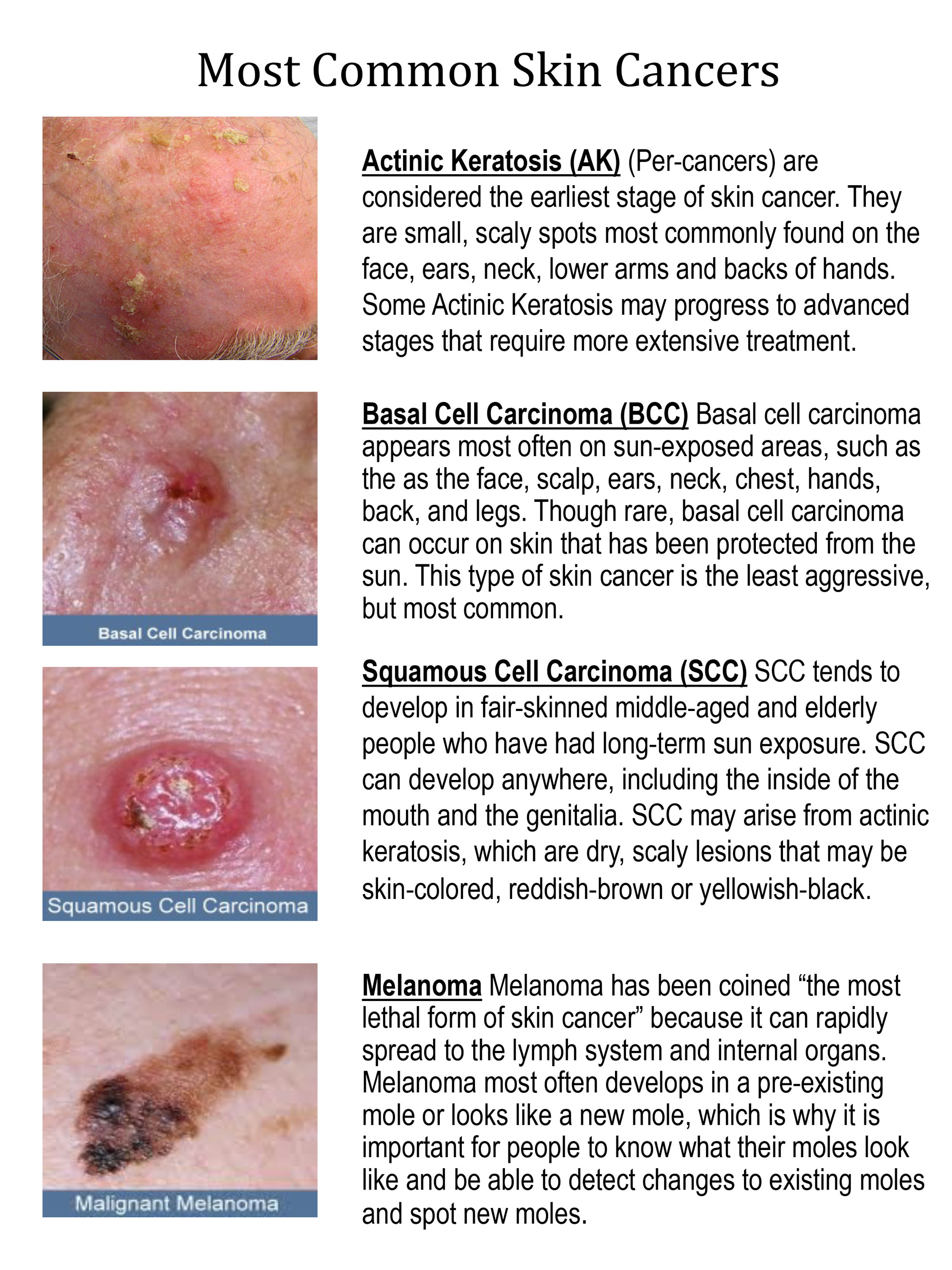
Here’s How You Can Save Someone’s Life (Including Your Own)
May is National Melanoma/Skin Cancer Detection and Prevention Month, and your board-certified dermatologists at Genesis Dermatology in Jupiter, Florida, want to bring you up to date on the latest research in this area, as well as offer a few reminders to help keep you safe from this deadly disease.
First, the bad news. The American Academy of Dermatology (AAD) estimates that 178,560 new cases of melanoma—the most deadly kind of skin cancer—will be diagnosed this year.
Now the good news. The five-tear survival rate for people whose melanoma is detected before it reaches the lymph nodes is 99 percent.
And even more good news (if you have a spouse). A recent study at the University of Pennsylvania found that being married has one additional benefit you might not have realized: You’re more likely to be diagnosed earlier, and thus more likely to survive, than those who are unmarried, widowed, or divorced.
Researchers Cimarron Sharon and Dr. Giorgos Karakousis analyzed 52,000 melanoma patients in a U.S. government cancer database who were diagnosed from 2010 to 2014, the Associated Press (AP) reported last month. They found that of those who were married, nearly 47 percent had the smallest, earliest-stage tumors, compared with 43 percent of never-married patients, 39 percent of divorced patients, and 32 percent of widowed patients.
The study, published in the April issue of JAMA Dermatology, seemed to confirm earlier studies which unearthed this “marriage advantage.”
The study’s authors couldn’t say for sure why this might be the case, but theorized that spouses might be more apt to notice suspicious moles on their partners, and/or be more likely to nag their partners to get those moles checked out, because they feel more of a responsibility to keep their partners healthy.
Does this mean you’re doomed if you’re unmarried? Certainly not. You can ask relatives or friends to examine your skin regularly, or schedule an annual appointment with us to perform a skin check for you. (We highly recommend this option in any case!)
Here’s what you should look for, to save your own or someone else’s life through early detection. (See accompanying photo.) These are the ABCs of skin cancer detection:
- Asymmetry, in which one half of the mole doesn’t match the other half
- Border irregularity, meaning the edges are ragged, notched, or blurred
- Color: irregular pigmentation, shades of tan, brown, and black, bits of red, white, and/or blue, and “bleeding” of color from the mole itself into the surrounding skin
- Diameter larger than the size of a pencil eraser (6 mm)
- Evolution: change of shape, size, color, or symptoms (including bleeding or itching).

What can you do to prevent skin cancer?
Avoid the sun during peak-burn hours of 10 a.m. to 3 p.m. Always use a sunscreen with a sun protection factor (SPF) of 15 or higher, even if you’re indoors and sitting near windows. Recent studies show that UV light penetrates glass far more than previously thought. When outdoors, always wear a hat with a wide brim of at least four inches, as well as clothing made of sun-protective fabric (UV rays can penetrate ordinary thin cloth, the gauzy type we tend to wear in the summer months). Be careful of reflected light which can “bounce” beneath a sun umbrella. Anything white, including sand and concrete, will magnify the UV rays, and light reflecting off of water is notorious for causing unanticipated sunburns.
Finally, there are many ways to mitigate the damage already done to your skin. And, since 95% of all skin cancers can be cured if caught early enough, please consult with your board-certified dermatologists at Genesis Dermatology to help you to keep your skin healthy.

